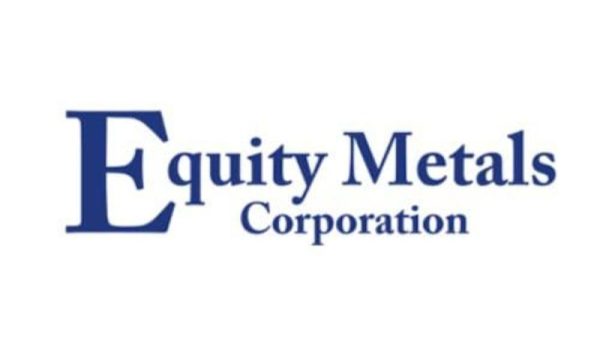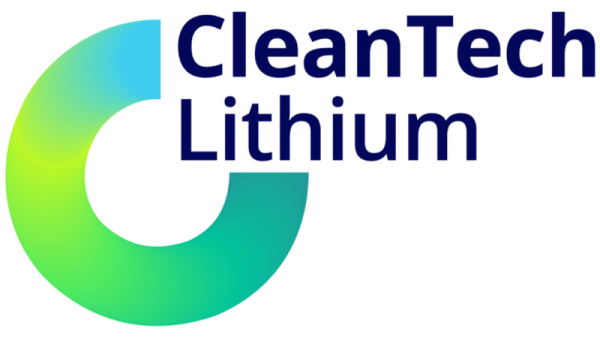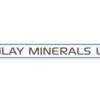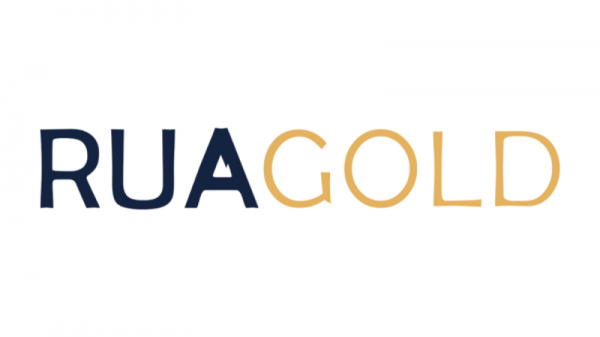A recent KPMG report reveals that while mining leaders have a positive outlook on the industry’s future, they are facing significant obstacles when it comes to bringing new mines into production.
The survey, which gathered insights from 100 mining executives worldwide, primarily in Canada, highlights challenges related to regulatory compliance, community engagement, environmental concerns and access to capital.
The report indicates that while nearly 80 percent of mining leaders are optimistic about the industry’s growth prospects over the next five years, their ability to bring new projects to fruition is being hindered by various factors.
Heather Cheeseman, national mining leader at KPMG Canada, pointed out that the roadblocks are particularly daunting in areas like permitting, which continues to be a lengthy and complex process for many in the industry.
‘The consensus among mining leaders is that their ability to develop new mines is becoming an almost insurmountable uphill struggle. Permitting remains as live an issue as ever, with the length of time and effort required to secure permits showing little sign of improving,’ Cheeseman said in a Thursday (September 26) press release.
The challenges outlined in the KPMG report come at a crucial time for the mining sector. The International Energy Agency has previously warned that without increased investment in mining projects and recycling, there could be a shortfall in the supply of critical minerals such as lithium and copper, both essential for technologies driving the energy transition.
By 2035, the International Energy Agency projects that global lithium supply will meet only 50 percent of the anticipated demand, while copper resources will cover only 70 percent.
Despite these concerns, mining leaders remain optimistic, partially due to government support for critical minerals exploration and development. Sentiment regarding the growth of the industry remains positive as compared to KPMG’s last global survey in 2022, which found only 62 percent of executives were optimistic.
However, this optimism is tempered by various operational risks. Community relations and securing social license to operate have emerged as the top risks identified by the industry leaders surveyed. Furthermore, the report highlights issues like commodity price volatility, geopolitical risks and access to financing as high-ranking concerns.
The report suggests that mining companies are increasingly turning to mergers and acquisitions (M&A) as a growth strategy, with 46 percent of leaders indicating that M&A is critical for future expansion. At the same time, strategic alliances, joint ventures and partnerships are seen as essential for accessing new technologies and skills.
Katherine Wetmore, GTA mining leader for KPMG in Canada, noted that a focus on critical minerals — particularly copper and lithium — continues to shape the resource industry’s M&A activity.
According to the report, over 70 percent of critical mineral deals by volume last year involved copper and lithium.
These commodities are integral to renewable energy technologies and battery production, and securing stable sources of supply is expected to be a driving factor in continued M&A activity. “Those that embrace transformation and change are most likely to achieve a profitable business model for the future,” Wetmore stressed.
The report also notes the growing importance of collaboration between industry and government, particularly as the world’s demand for critical minerals continues to grow.
A vast majority — 90 percent — of mining leaders agree that more streamlined and aligned permitting processes will be necessary to meet future demand and ensure the timely development of new mines.
The findings of the KPMG report illustrate a mining sector that is grappling with a variety of challenges, while remaining cautiously optimistic about its long-term prospects.
The industry’s ability to overcome hurdles related to permitting, community relations and ESG compliance will be critical to its success in supporting the global transition to clean energy.
Securities Disclosure: I, Giann Liguid, hold no direct investment interest in any company mentioned in this article.






































